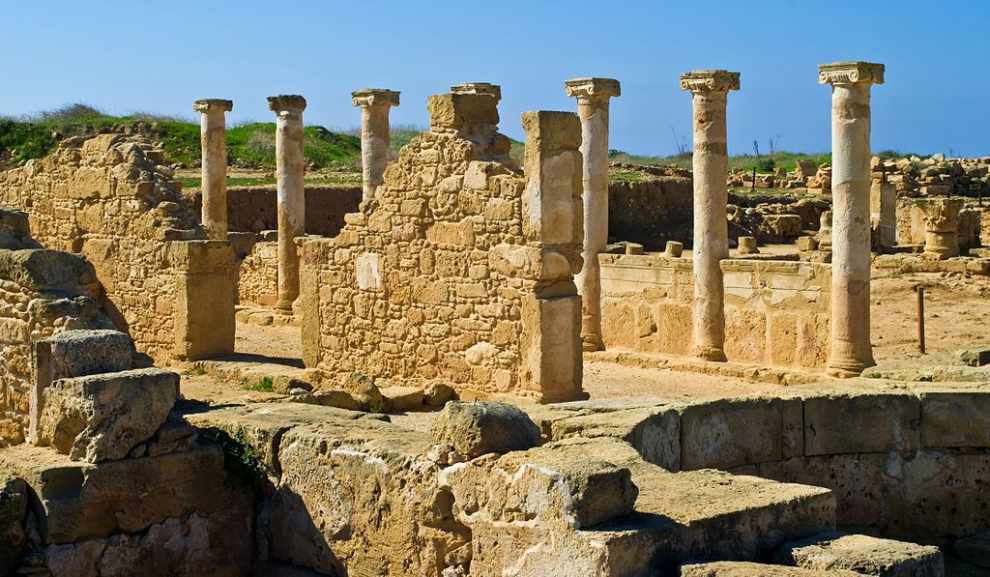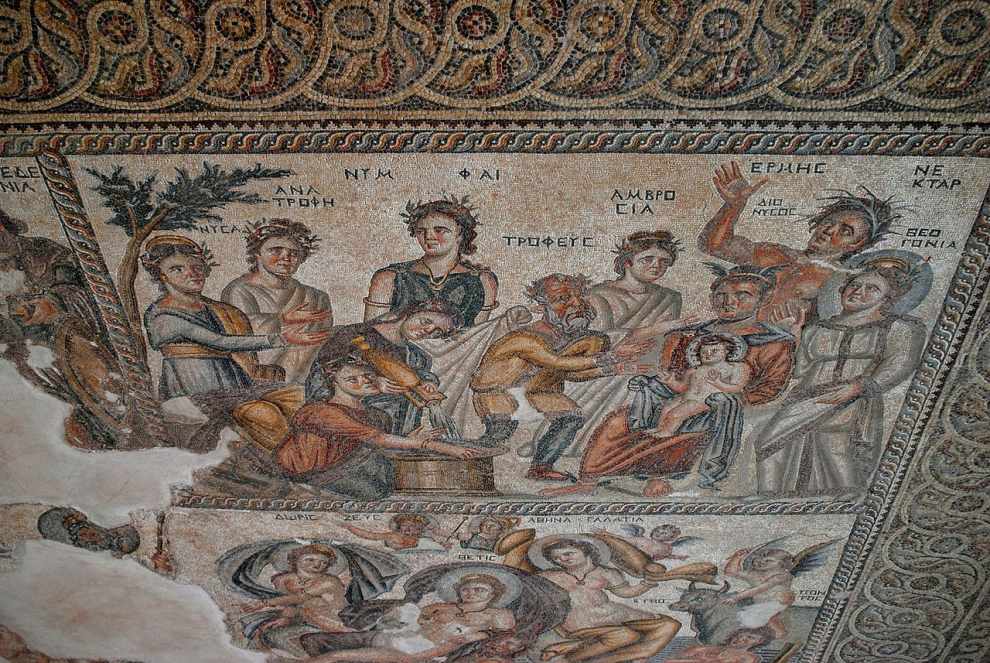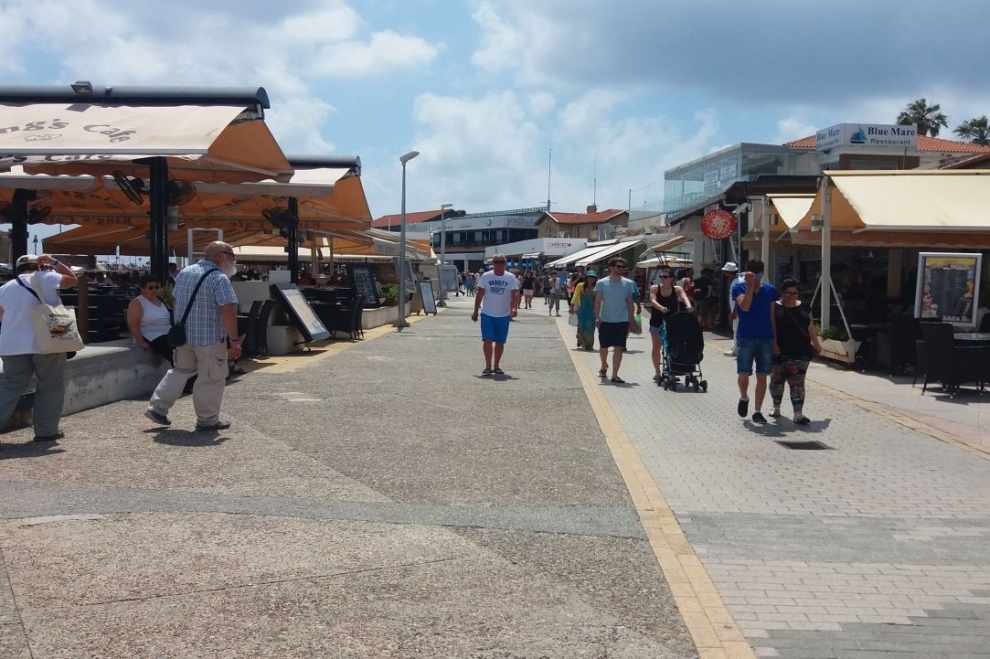The archaeological site of Pafos
A place full of mosaics and of the oldest
We don't know exactly by whom Pafos was built. Some say that is Agapinor and others say Kinyras. Both are recorded by Homer. The difference in my opinion is one of historical recording versus legend. I notice that Kinyras existed only in mythology. Our mythology always illuminated us with stories, which conveyed to us various messages and in these, myth was sometimes interpreted as reality. The ancient Greek myths embraced the human subconscious to teach us in fact what is wrong and right in life. That's why they say that if you read ancient Greek mythology or read about the ancient world in general, your mind is opened up and you became much wiser!

Pafos in years under Ptolemaic rule and Roman period was the administrative center of the island. Thus Pafos is believed to have been built by Agapinor the 1184 B.C, but archaeological excavations point to the early part of the 4th century BC, where King Nicocles was the last king of Cypriot Palaipaphos, current Kouklia village.
Later when Ptolemy conquered Cyprus all the city kingdoms were abolished including the kingdom of Pafos (Paphos). The whole of Cyprus was incorporated into a single administrative area in the Ptolemaic Kingdom and Paphos was defined as the capital of the island above all the cities of Cyprus. The reasons for which Pafos was set as capital of Cyprus, were primarily economic and strategic. The sanctuary of Aphrodite still attracts pilgrims from all parts of the known world. It was the most convenient location for the state to collect money, Pafos was very near Alexandria, capital of Ptolemaic rule and transport was easier than to any other city in Cyprus. It was also further and therefore safer from neighbouring countries which could attack it, and it had rich forests to provide wood for building warships.

This archaeological site is located right next to the harbour of Pafos, and you will be amazed at the amounts of mosaic there are there! They are some of the finest to be found in the Mediterranean and are a Unesco World Heritage site. The oldest mosaic floor in Cyprus is in the house of Dionysos, representing the monster Scylla; it dates to the end of the 4th century BC. Some of these mosaics record life in the era when Pafos was destroyed by an earthquake in 15 BC and then the emperor Octavian rebuilt Pafos with the help of the Emperor, Augustus. Unfortunately two more devastating earthquakes followed in 332 and 342 and the city was abandoned.
In the archaeological site you will see from the Greco-Roman times:
-The House of Theseus, the house of Dionysus, Orpheus and God Aionas. The Ruins of the Asklepieion (infirmary). The Odeon (conservatory) and next to it is the Market.
-As in Curium near Limassol, the villas were named after import people, Gods and heroes to whom they were dedicated. They were adorned with a mosaic depicting these, not the inhabitants of the villas. These belonged to both Greeks and Romans who had an important place in the Roman administration of the island, as well as to some rich men who resided in Pafos.
-The Forty Pillars - Residues of the Byzantine fortress at the port, which was built in the 7th century to protect the port city from the Arabs. There were stables, a mill, steam bath, toilet, tanks and wells. All were destroyed by an earthquake in 1222.
-The Archaeological Museum.
The Choir Festival is organized in Paphos every June.
You can enjoy food, ice cream, coffee, and buy souvenirs at Limanaki port which is beside the archaelogical site of Pafos.

Phone Number: +357 26 306 217 and +357 26 930 521.
Operating Hours:
- 8:30 AM to 5:00 PM on Monday to Sunday, during the winter months.
- 8:30 AM to 7:30 PM on Monday to Sunday, during the summer months.
Entrance Fee: €4.50

Don't forget to visit the castle of Paphos near archaeological site and harbor!

 English
English
 Ελληνικά
Ελληνικά Русский
Русский






























 Posted by
Christina Nicolaou
Posted by
Christina Nicolaou






